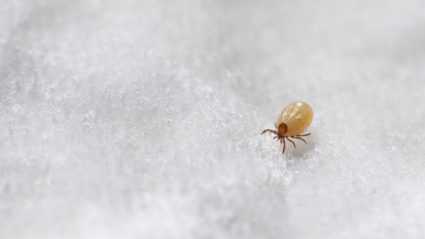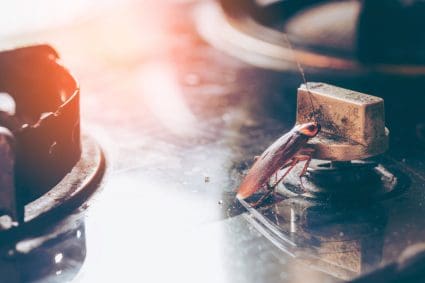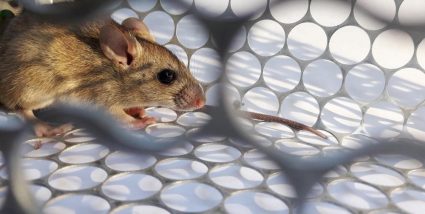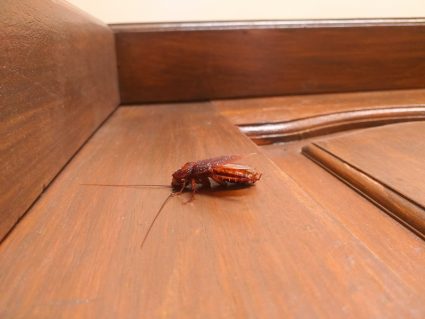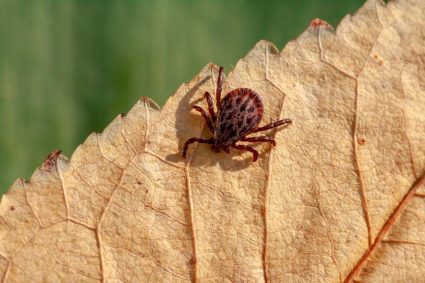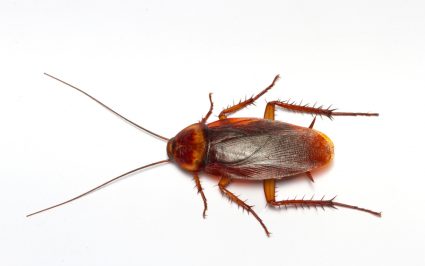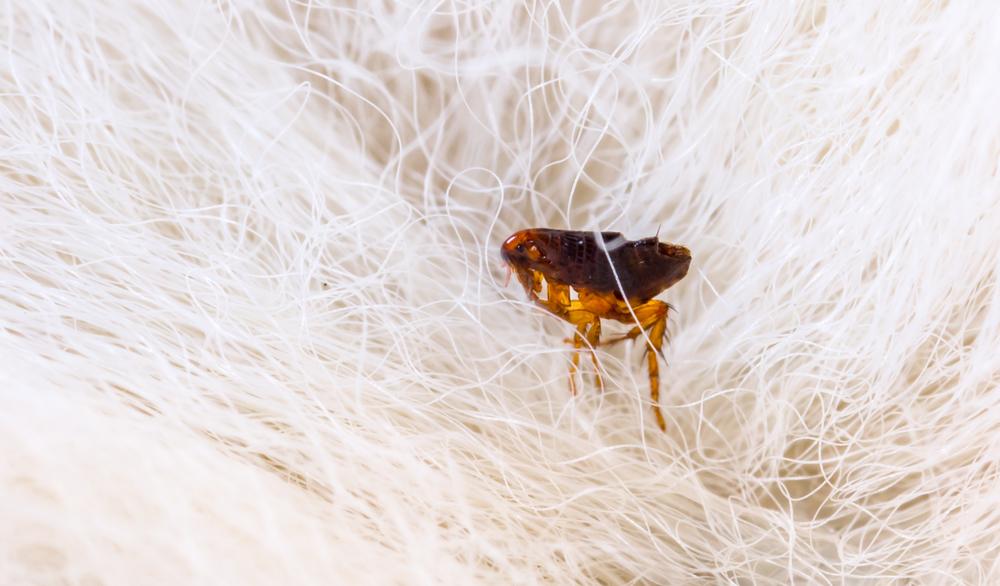
Fleas are notorious pests, known for their biting and the discomfort they cause to both humans and animals. But what do fleas do? How do they live, reproduce, and what impact do they have on their hosts? In this article, we will delve deep into the world of fleas, providing you with comprehensive knowledge on these tiny yet troublesome creatures.
Fleas are small, wingless insects that live as external parasites on mammals and birds, feeding on their blood. They go through four life stages: egg, larva, pupa, and adult. Adult fleas need to feed on blood before they can reproduce. They are known to transmit diseases such as tapeworm larvae and murine typhus. Fleas can cause discomfort to their hosts, leading to skin irritation, allergies, and in severe cases, anemia. They can also increase energy requirements for their hosts due to the activation and maintenance of the immune system.
What are Fleas?
Fleas are small, wingless insects that belong to the order Siphonaptera. With around 2,500 species, fleas live as external parasites on birds and mammals, feeding on their blood. They are typically 1.5 to 3.3 millimeters long, dark-colored, and have laterally compressed bodies. This structure allows them to move through their host’s fur or feathers easily. Fleas lack wings but possess strong hind legs, which are adapted for jumping.
Fleas are holometabolous insects, meaning they pass through four life stages: egg, larva, pupa, and imago (adult). Adult fleas are not fully mature when they first emerge; they must feed on blood before they become capable of reproduction. Fleas are known to transmit diseases such as tapeworm larvae and murine typhus, and they are infamous for transmitting bubonic plague from wild rodents to humans. The three main species of flea that infest humans are the cat flea (Ctenocephalides felis), dog flea (Ctenocephalides canis), and human flea (Pulex irritans).
The Flea Life Cycle
The life cycle of a flea consists of four stages: egg, larva, pupa, and adult. After an adult flea feeds on a host’s blood, it lays eggs on the host. These eggs then fall off and settle into the environment. Flea eggs take 1 to 10 days to hatch, depending on the surrounding temperature and humidity.
The hatched larvae feed on organic debris, including blood and flea feces. They avoid sunlight and live in moist, dark areas such as carpets, under furniture, and in shaded outdoor areas. The larval stage lasts from 5 to 20 days, after which the larvae spin cocoons and enter the pupal stage.
Flea pupae remain in their cocoons until they sense a host nearby. This stage can last from a few days to several months, depending on environmental conditions. The cocoon protects the pupae from insecticides and repellents.
Adult fleas emerge from the cocoon when they detect a host’s presence, such as movement or body heat. They begin feeding on the host within a few hours of emerging and soon after mate and lay eggs, starting the life cycle again. Adult fleas can live up to 60-100 days, and a single female flea can lay up to 2,000 eggs in her lifetime.
What Do Fleas Feed On?
Fleas primarily feed on the blood of mammals. Adult fleas can consume up to 15 times their own body weight in blood each day. Flea larvae, on the other hand, feed on dried fecal blood from adult fleas (commonly called flea dirt) and conspecific eggs, both fertile and non-viable. They cannot survive solely on blood or non-viable eggs but can mature into healthy adults when they consume both.
Flea Reproduction
Fleas reproduce through a process called complete metamorphosis, which consists of four life stages: egg, larva, pupa, and adult. After finding a host and taking a blood meal, adult fleas mate and begin laying eggs in the fur and surroundings of the host. A single adult female flea can lay up to 50 eggs per day, and up to 2,000 eggs in her lifetime.
Impact of Fleas on Their Host
Fleas can have several impacts on their hosts, including humans and animals. Some of the issues caused by fleas are:
- Flea bite dermatitis: An allergic reaction to flea saliva, causing skin irritation and itching in both humans and animals.
- Tapeworms: Fleas can transmit tapeworms to their hosts when the host ingests an infected flea.
- Flea bite anemia: In severe infestations, fleas can cause anemia in young or small animals by feeding on their blood and decreasing their red blood cell count. This can be fatal if left untreated.
- Transmission of diseases: Fleas can transmit various diseases to humans, such as plague, flea-borne (murine) typhus, cat scratch disease, and fleaborne parasites like tapeworms.
- Increased energy expenditure: Fleas can cause a significant increase in energy requirements for their hosts due to the activation and maintenance of the immune system.
Flea-Borne Diseases
Fleas can transmit several diseases to humans and animals. Some of these diseases include plague, flea-borne (murine) typhus, cat scratch disease (CSD), flea-borne parasites such as tapeworms, tungiasis, and tularemia.
Flea Prevention and Control
Preventing flea infestations involves maintaining a clean environment and protecting your pets. This includes regular cleaning, washing pet bedding, limiting outdoor exposure for pets, grooming pets, using flea control products, treating your home, and maintaining your yard.
Conclusion
Fleas are more than just a nuisance. They play a significant role in transmitting diseases and causing discomfort to their hosts. By understanding what fleas do, their life cycle, their feeding habits, and their impact on hosts, we can better manage and prevent flea infestations, thereby reducing the risk of flea-borne diseases. Always consult your veterinarian for the best methods of flea control and prevention for your pets and home.
Frequently Asked Questions
What are the signs of a flea infestation?
Signs of a flea infestation include excessive scratching, licking or biting at the skin, hair loss, flea dirt (small black or reddish-brown specks) on your pet’s coat or in their environment, and seeing live fleas on your pet or in your home.
How can I treat a flea infestation?
Flea infestations can be treated using several methods. These include topical treatments, oral medications, flea collars, and environmental treatments such as flea bombs or professional pest control services. Always consult with a veterinarian before starting any flea treatment regime.
How can I tell if my pet has fleas?
Common signs that your pet has fleas include scratching, biting, or licking excessively, hair loss, red or irritated skin, and the presence of flea dirt or live fleas on your pet’s body.
Can fleas live on humans?
While fleas can bite humans, they prefer to live and breed on animals with fur or feathers. Fleas do not typically live on humans, but they can still cause itching and discomfort with their bites.
Can fleas survive in winter?
Yes, fleas can survive in winter. While they prefer warm and humid environments, fleas can live indoors in any season and they can also survive outdoors in their immature stages by finding a warm-blooded host or by going into a state of dormancy until conditions are more favorable.

